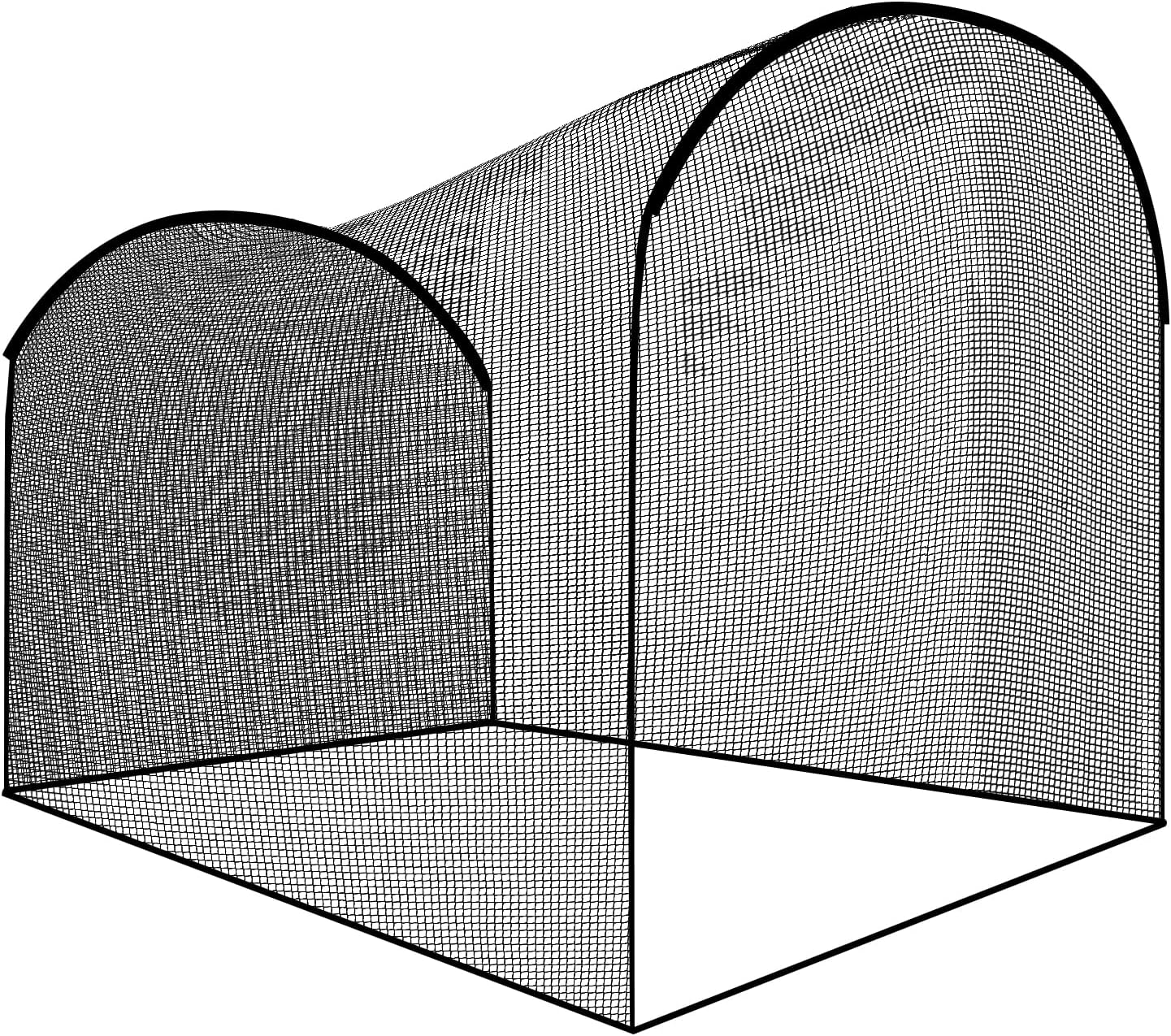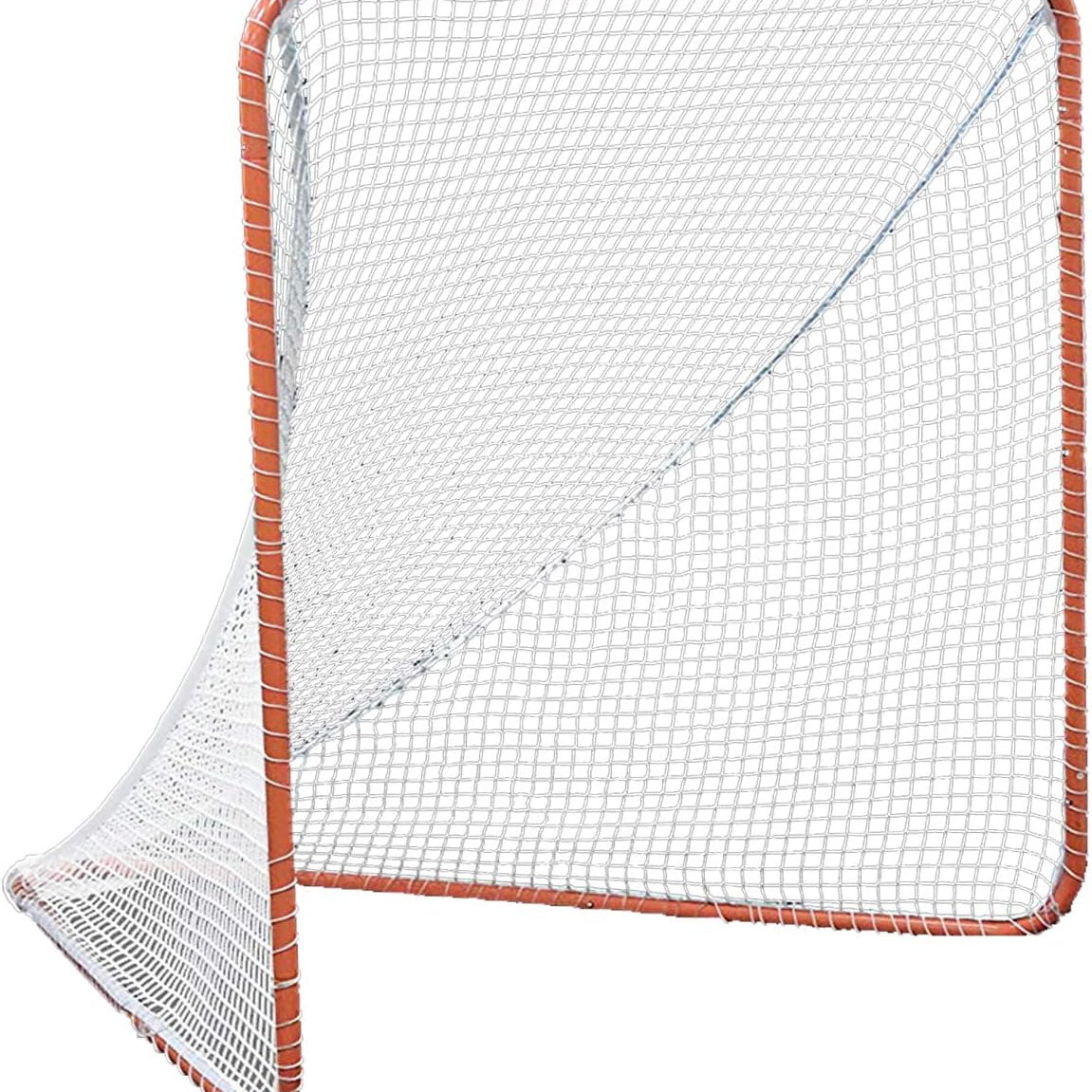The Mid-Season Mayhem: Injuries, Trades, and the NFL Playoff Picture

Navigating the Chaos: How Key Injuries and Trades Are Reshaping the 2025 NFL Season
The NFL regular season is famously unpredictable, and by the midpoint of the year, the league’s narrative is often shaped by two major forces: critical injuries and aggressive mid-season trades. As the 2025 campaign enters its second half, these developments are doing far more than filling headlines—they are redefining the playoff landscape and creating a clear divide between true Super Bowl contenders and teams sliding toward early offseason planning. This stretch of the season places immense pressure on General Managers and coaching staffs, pushing them into high-stakes personnel decisions that can determine whether their teams rise or fall in the postseason race.
Injuries continue to be one of the most disruptive variables in the NFL, especially when they involve franchise quarterbacks or cornerstone defenders. The 2025 season has been particularly brutal, forcing coaching staffs to adjust game plans and offensive philosophies on the fly. The season-ending injury to Tua Tagovailoa, for instance, has thrown the AFC East into uncertainty and emphasized the crucial importance of quarterback depth. When a starter goes down, a team’s Super Bowl odds take an immediate hit, and the focus shifts to the backup—whether that’s a steady, low-variance option like Kyle Allen or a more volatile playmaker such as Mason Rudolph. Organizations like the Eagles and Chiefs, which invest heavily in depth and player development, tend to navigate these situations more effectively. Others find themselves exposed, revealing long-standing deficiencies in drafting strategy and roster construction.
Defensive injuries can derail a season just as quickly. Losing an elite pass rusher or a shutdown cornerback fundamentally alters a defense’s identity, reducing the ability to disguise pressure, generate consistent pass rush, or execute complex coverage schemes. Without their defensive anchor, teams often struggle to contain playoff-caliber offenses, creating a cascading effect that influences every phase of the game. These losses frequently force defensive coordinators to simplify their play-calling, making it even more challenging to compete against the league’s top teams.
While injuries reshape rosters through necessity, the NFL trade deadline brings its own wave of high-stakes decisions. The 2025 deadline has been one of the most active and competitive in recent years, reflecting how narrow the margin is between contending teams across both conferences. Even mid-tier additions can dramatically affect a team’s trajectory. A hypothetical trade involving Jalen Ramsey heading to the Buffalo Bills, for example, would instantly elevate their secondary and shift the balance of power within the AFC. For buyers like the 49ers and Ravens, the trade deadline is an opportunity to trade future draft capital for veteran players who can deliver immediate playoff impact. Meanwhile, rebuilding teams such as the Panthers and Cardinals often use this period to shed expensive contracts, acquire draft assets, and begin laying the groundwork for future rosters.
Another notable trend in the mid-season period is the strategic release of veteran players. When a proven contributor—such as Brandin Cooks in a hypothetical scenario—is cut outright, it signals a major organizational pivot. These players often clear waivers and then sign with playoff-bound teams on low-cost deals, providing high-upside value with minimal risk. For contenders trying to fill specific roster holes, signing a veteran near the deadline can be one of the most efficient ways to upgrade without sacrificing long-term assets.
As the season moves toward its final stretch, the teams best positioned to succeed are those capable of adapting quickly to injuries, maximizing roster depth, and making smart, targeted moves in the trade market. A single injury—such as the loss of a key running back on a division-leading team—can completely reshape the playoff standings and open the door for rivals to surge forward. This mid-season chaos often exposes flawed drafting strategies, while simultaneously rewarding organizations that consistently find and develop talent across all rounds of the draft.
These injuries, trades, and roster decisions will not only shape the remainder of the 2025 playoff race but will also influence the 2026 NFL Draft and the league’s longer-term competitive structure. In a season defined by volatility, the teams that adjust fastest and most intelligently often emerge as the ones lifting the Lombardi Trophy when it’s all said and done.
- Tags: Football
0 comentarios























































